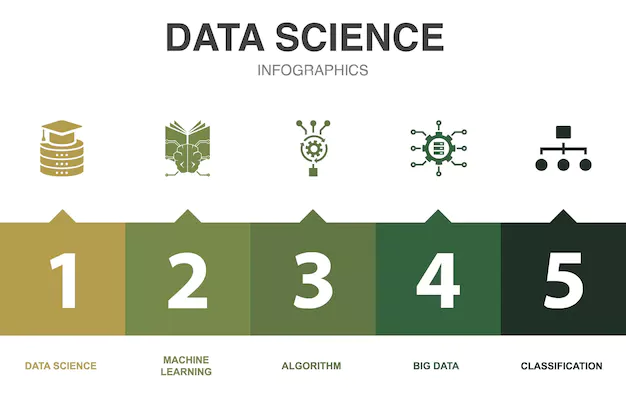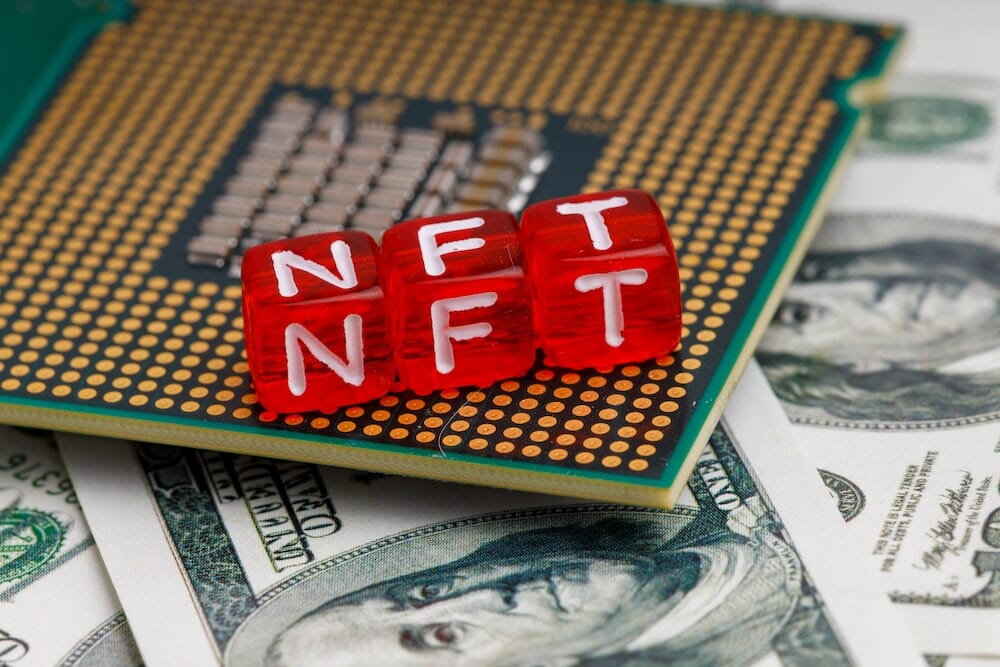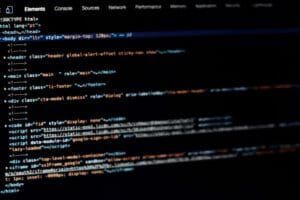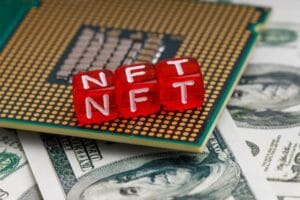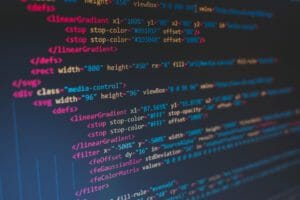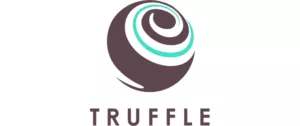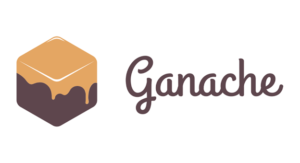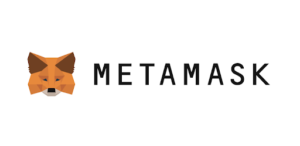Have you ever wanted to know what the most profitable forex trading bots have in common? Do you want to unlock the potential of your own forex trading bot and maximize your profits? If so, you’ve come to the right place! In this blog article, we’ll discuss what a forex trading bot is, its different types, and how to choose a profitable one. We’ll also look at strategies to optimize your forex trading bot and risk management strategies. Finally, we’ll explore what the most profitable forex trading bots have in common. So let’s get started!
What is a Forex Trading Bot?
A forex trading bot is an automated trading system that uses computer algorithms to buy and sell currencies in the foreign exchange (Forex) market. These robots are designed to make trading decisions for you and can be programmed to execute trades automatically. Forex trading bots are designed to take the emotion out of trading, as they make decisions based on predetermined criteria rather than on intuition or emotion.
The forex trading bot is different from a human trader in that it doesn’t need to sleep, rest, or take breaks. It can work 24/7 and is constantly monitoring the market, making decisions and executing trades. This allows the bot to take advantage of opportunities that a human trader might miss due to fatigue or lack of focus.
Forex trading bots are becoming increasingly popular as they offer traders an alternative to manual trading. They are particularly useful for traders who don’t have the time or knowledge to trade manually.
Overview of Different Types of Forex Trading Bots
There are several different types of forex trading bots available. The most popular types include algorithmic trading bots, scalping bots, and arbitrage bots.
Algorithmic trading bots are designed to trade on multiple currency markets simultaneously. They use complex algorithms to analyze price action, identify trends, and execute trades. These bots are ideal for traders looking to diversify their trading portfolios.
Scalping bots are designed to take advantage of short-term price movements in the forex market. These bots use sophisticated algorithms to identify profitable opportunities and execute trades quickly. This type of bot is ideal for traders looking for quick profits.
Arbitrage bots are designed to take advantage of the difference in price between two different markets. These bots can identify opportunities to buy in one market and sell in another at a profit. This type of bot is ideal for traders looking to capitalize on market inefficiencies.
Benefits of using a Forex Trading Bot
There are many benefits to using a forex trading bot. First, they can take the emotion out of trading, as they make decisions based on predetermined criteria rather than on intuition or emotion. This can help traders stay disciplined and stick to their trading plan.
Second, forex trading bots can work 24/7, enabling them to take advantage of trading opportunities that a human trader might miss due to fatigue or lack of focus.
Third, forex trading bots can be programmed to execute trades automatically, saving traders time and effort. This can be particularly useful for traders who don’t have the time or knowledge to trade manually.
Finally, forex trading bots can diversify a trader’s portfolio, as they can be programmed to trade on multiple currency markets simultaneously. This can help traders reduce their risk and maximize their profits.
Analyzing the Different Components of a Forex Trading Bot
When choosing a forex trading bot, it is important to analyze the different components of the bot. The most important components are the trading strategy, the risk management system, and the money management system.
The trading strategy is the set of rules that determine when the bot will enter and exit trades. A good trading strategy should be based on sound technical analysis and identify profitable trading opportunities.
The risk management system is the set of rules that determine how much risk the bot will take on each trade. A good risk management system should be designed to minimize risk and maximize profits.
The money management system is the set of rules that determine how much money the bot will invest in each trade. A good money management system should be designed to maximize profits while keeping risk to a minimum.
How to Choose a Profitable Forex Trading Bot
When choosing a forex trading bot, it is important to do your research and select a bot that is profitable. Here are some tips to help you choose a profitable forex trading bot.
First, make sure the bot is based on a sound trading strategy. A good trading strategy should be based on technical analysis and identify profitable trading opportunities.
Second, make sure the bot has a good risk management system. A good risk management system should be designed to minimize risk and maximize profits.
Third, make sure the bot has a good money management system. A good money management system should be designed to maximize profits while keeping risk to a minimum.
Finally, make sure the bot has been tested and proven to be profitable. This can be done by backtesting the bot on historical data to see how it would have performed in the past.
Strategies to Optimize Your Forex Trading Bot
Once you have selected a profitable forex trading bot, there are several strategies you can use to optimize its performance.
First, it is important to keep your bot updated with the latest market trends. This can be done by regularly monitoring the markets and adjusting the bot’s parameters accordingly.
Second, it is important to diversify your trading portfolio. This can be done by programming the bot to trade on multiple currency markets simultaneously.
Third, it is important to use stop-loss and take-profit orders. This can help you minimize your losses and maximize your profits.
Fourth, it is important to use a backtesting tool to test the bot’s performance on historical data. This can help you identify any potential issues and improve the bot’s performance.
Finally, it is important to use a demo account before trading with real money. This can help you get familiar with the bot and make sure it is performing as expected.
Forex Trading Bot Tips and Tricks
Here are some tips and tricks to help you get the most out of your forex trading bot.
First, it is important to keep your bot up to date with the latest market news. This can help you stay on top of market developments and make sure the bot is trading with the latest information.
Second, it is important to use a good money management system. A good money management system should be designed to maximize profits while keeping risk to a minimum.
Third, it is important to make sure your bot is trading with real-time data. This can help you stay ahead of the markets and make sure the bot is trading with the latest information.
Fourth, it is important to use a demo account before trading with real money. This can help you get familiar with the bot and make sure it is performing as expected.
Finally, it is important to diversify your trading portfolio. This can be done by programming the bot to trade on multiple currency markets simultaneously.
What Do the Most Profitable Forex Trading Bots Have in Common?
The most profitable forex trading bots have several things in common.
First, they are based on a sound trading strategy. A good trading strategy should be based on technical analysis and identify profitable trading opportunities.
Second, they have good risk management systems. A good risk management system should be designed to minimize risk and maximize profits.
Third, they have good money management systems. A good money management system should be designed to maximize profits while keeping risk to a minimum.
Fourth, they have been tested and proven to be profitable. This can be done by backtesting the bot on historical data to see how it would have performed in the past.
Finally, they are regularly updated with the latest market news. This can help them stay ahead of the markets and make sure the bot is trading with the latest information.
Risk Management Strategies for Forex Trading Bots
Risk management is an important part of forex trading. It is important to use a good risk management system to minimize risk and maximize profits. Here are some risk management strategies for forex trading bots.
First, it is important to diversify your trading portfolio. This can be done by programming the bot to trade on multiple currency markets simultaneously.
Second, it is important to use stop-loss and take-profit orders. This can help you minimize your losses and maximize your profits.
Third, it is important to use a backtesting tool to test the bot’s performance on historical data. This can help you identify any potential issues and improve the bot’s performance.
Fourth, it is important to use a demo account before trading with real money. This can help you get familiar with the bot and make sure it is performing as expected.
Finally, it is important to use a good money management system. A good money management system should be designed to maximize profits while keeping risk to a minimum.
Conclusion
In conclusion, forex trading bots can be a great way to maximize profits and minimize risk. They can take the emotion out of trading and make decisions based on predetermined criteria rather than on intuition or emotion. They can also work 24/7 and take advantage of opportunities that a human trader might miss due to fatigue or lack of focus.
When choosing a forex trading bot, it is important to do your research and select a bot that is based on a sound trading strategy, has a good risk management system, and has a good money management system. It is also important to use strategies to optimize your forex trading bot and risk management strategies to minimize risk and maximize profits.
Finally, the most profitable forex trading bots have several things in common. They are based on a sound trading strategy, have good risk management systems, have good money management systems, have been tested and proven to be profitable, and are regularly updated with the latest market news.
So what are you waiting for? Click here to sign up for our free trial today and learn how to create your own trading robot using python! With the right forex trading bot, you can unlock the potential of your robot and maximize your profits!


